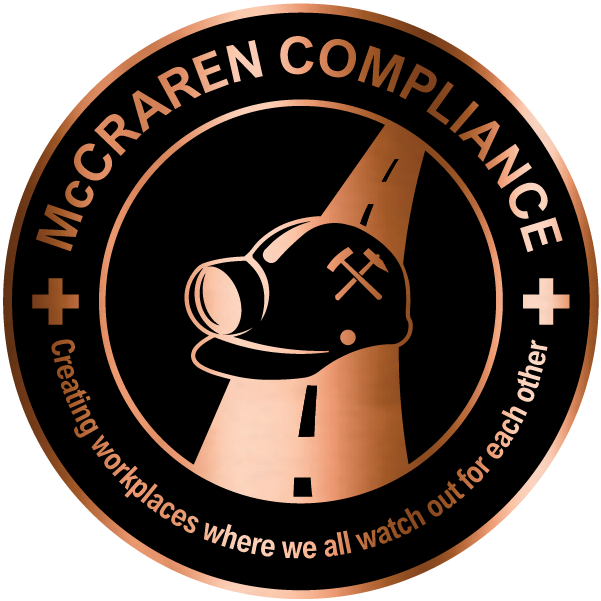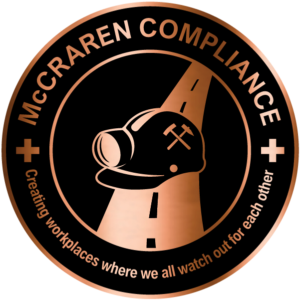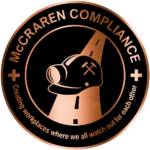
Photo: Mindful Media/gettyimages
Washington — Employers in the electronics waste recycling industry should monitor worker exposure to mercury and provide control measures and training, a recent Centers for Disease Control and Prevention study concludes.
CDC and NIOSH investigators performed a site visit at an electronics waste and lamp recycling facility in Ohio (at the facility’s request). They conducted environmental sampling for mercury vapor, examined the facility’s ventilation system, tested urine samples and interviewed workers. The group found that six out of 14 workers had elevated levels of mercury in their urine, including five who “reported signs and symptoms consistent with mercury toxicity,” such as metallic or bitter taste, difficulty thinking, and changes in personality.
“Workers in electronics waste and lamp recycling facilities are at risk of exposure to elemental mercury through inhalation of mercury vapor and mercury-containing dust,” CDC says.
Four of the workers with elevated mercury levels weren’t fluent in English. The six workers had a median job tenure of eight months.
The California Department of Public Health cautions that exposure to high levels of mercury vapor can cause death, while chronic low-dose exposure can permanently damage the nervous system. Further, ongoing exposure may trigger tremors, anxiety and memory loss. Mercury exposure can also have adverse effects on male reproductive functions.
CDC recommends employers use the Hierarchy of Controls to form a hazard mitigation plan. Among the suggested actions:
- Install local exhaust ventilation over conveyors in lamp recycling areas
- Perform regular maintenance on facility heating, ventilation and air conditioning systems
- Enclose spaces with the highest potential for mercury exposure to prevent contamination of nonproduction areas
- Improve housekeeping
- Conduct training in workers’ preferred languages
- Standardize use of recommended personal protective equipment
The study was published in CDC’s Morbidity and Mortality Weekly Report.
McCraren Compliance offers many opportunities in safety training to help circumvent accidents. Please take a moment to visit our calendar of classes to see what we can do to help your safety measures from training to consulting.
Original article published by Safety+Health an NSC publication


